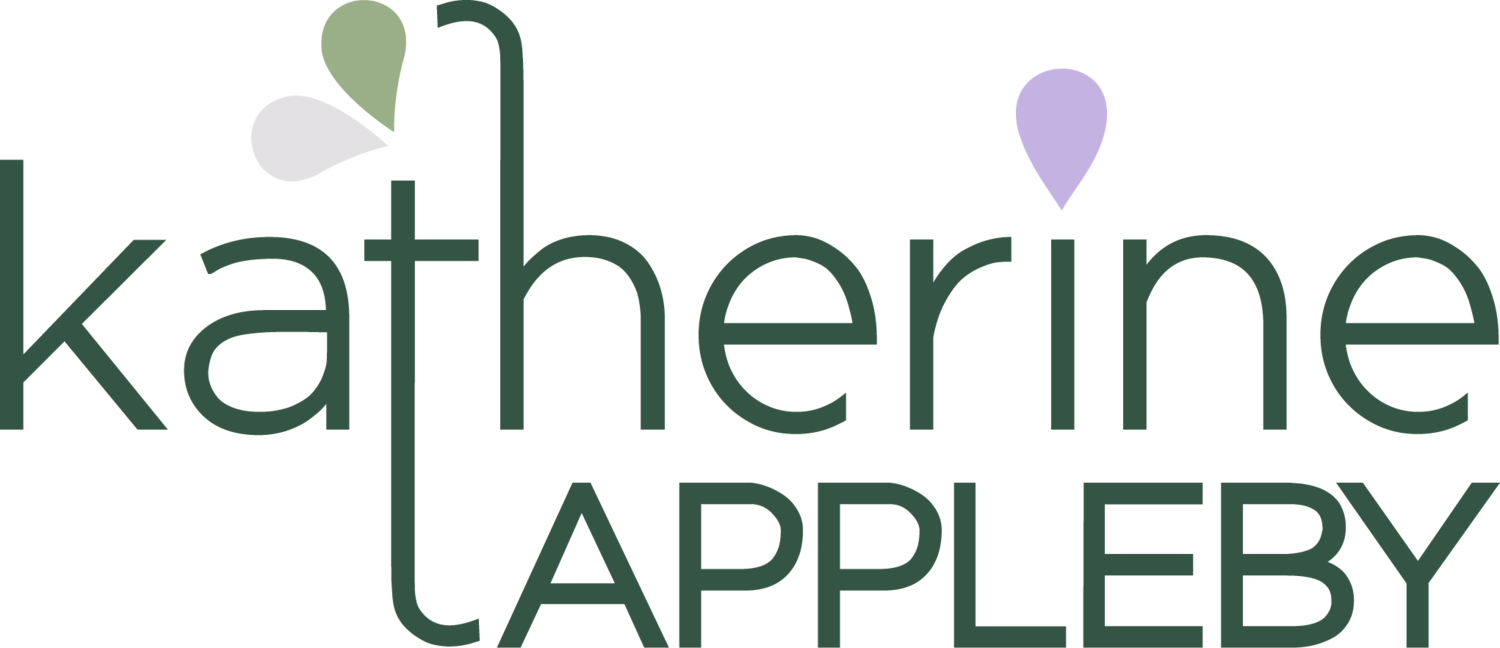How I Create Food Illustrations
I thought I would share with you the process I use for creating food illustrations. In fact, this is the same process I use for creating almost all illustrations!
Perhaps this might help you plan your next painting?
THE ROUGH
It begins with a ‘rough’ - a rough sketch to work out the best composition. Sometimes I will create a number of roughs, beginning with ‘thumbnails’ (usually around 1-inch), and ending with larger roughs, in order to make sure I have the best possible composition. At this point, if I am working with a client, I would send the rough to the client for approval.
THE SKETCH
Next, I create a cleaned-up and more detailed sketch, usually on the paper I intend to paint on. Again, if working with a client, I would send this to them for approval. This would be the final approval before getting started on the final artwork. Sometimes I like to work out the shadows and highlights at this point, by shading the sketch, to use as a guide when I begin to add paint.
LAYERING THE PAINT
From here, I begin to layer the paint - and this is probably where the process differs the most, depending on the subject. Sometimes I’ll start working on the darkest shadows and lightest highlights, creating a tonal guide for the rest of the illustration - or sometimes I just work on the areas that interest me most, perhaps those with the most challenging details or shapes. I continue to layer the paint until I have what I feel is the best representation of the subject. I often think of this as using the paint to sculpt the subject, using colours, lights and darks to ‘push’ some areas back and ‘pull’ some areas forward to create a ‘3d result’.
It’s very normal during painting to hit a point where you think the artwork looks terrible and should be ripped up before ever being allowed to exist in the world! However, this is just a natural stage of painting - if you ever hit this, just push through it, and you’ll find you end up with a fantastic result. I often find that the paintings I hate the most at some point during the process are the ones I love the most at the end.
DIGITISING
Finally, once I have a painting I am happy with, I scan it in (high-res) and import it into Adobe Photoshop. I use the software to remove the white background around the subject and clean-up the colours. If small adjustments are needed at this stage by client request, perhaps a shadow needs to be a little darker for example, I can use the software to achieve this. The completed, cleaned-up illustration can then be exported to whatever file types are needed.
And that’s a wrap!
If you have any questions about this process - or any questions about illustrating and painting at all - please do get in touch or leave a comment and I’ll do my best to help you. Good luck and happy painting!

